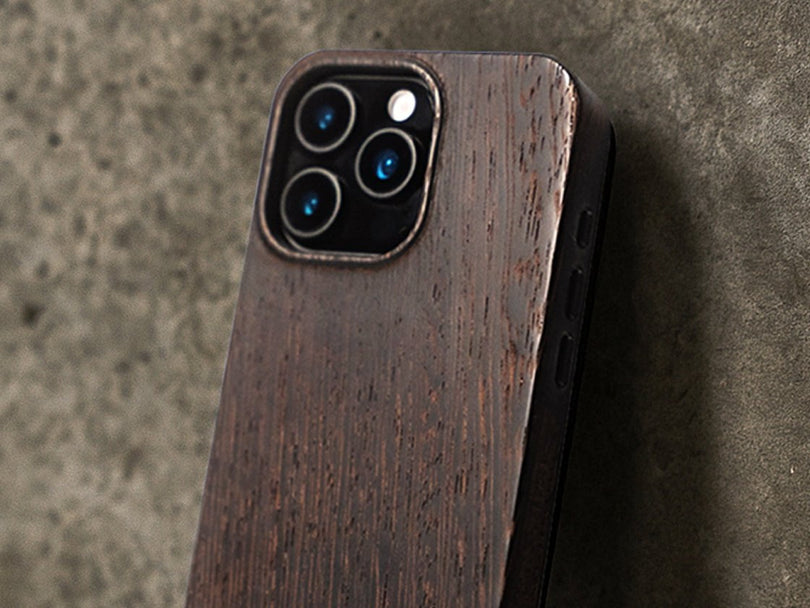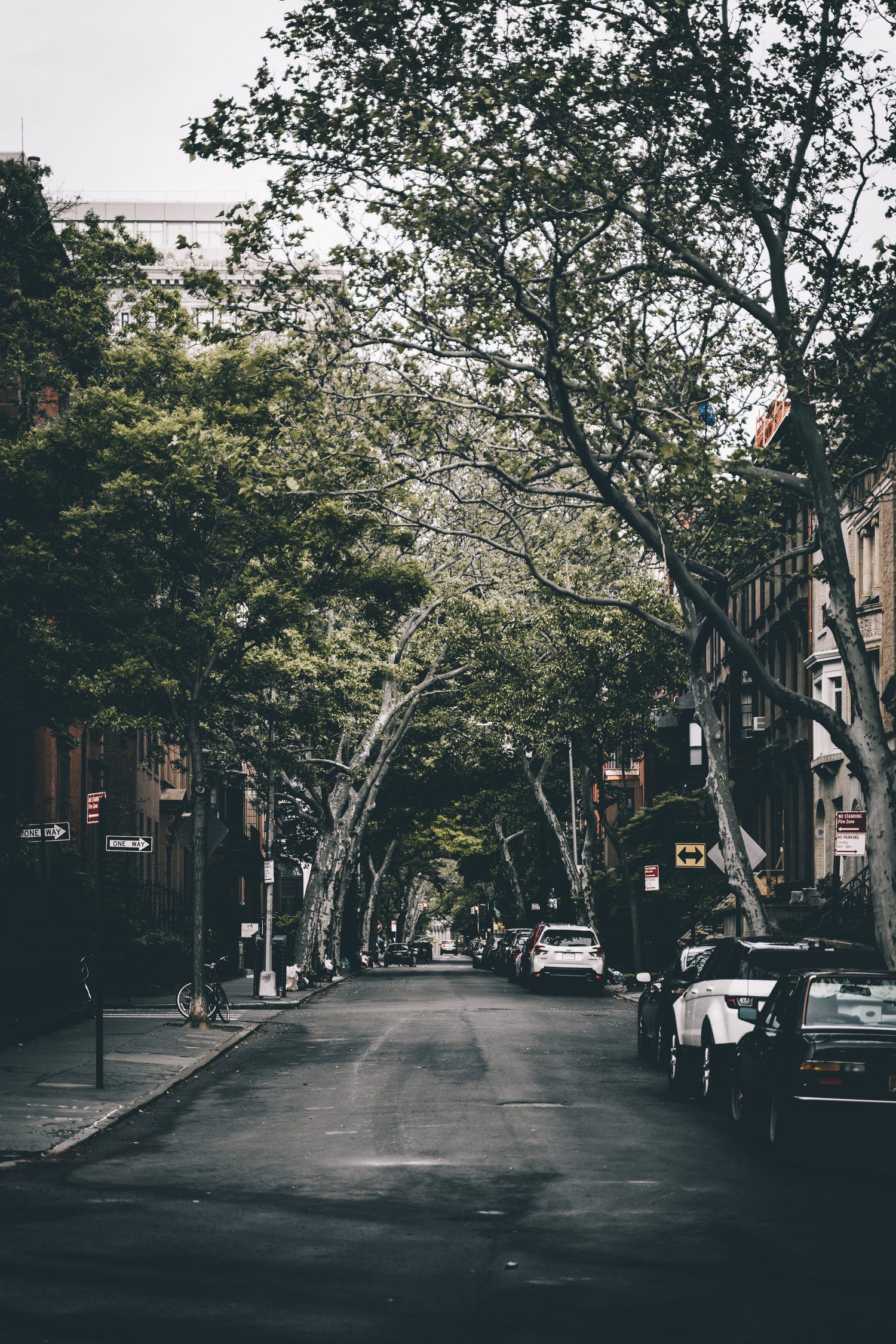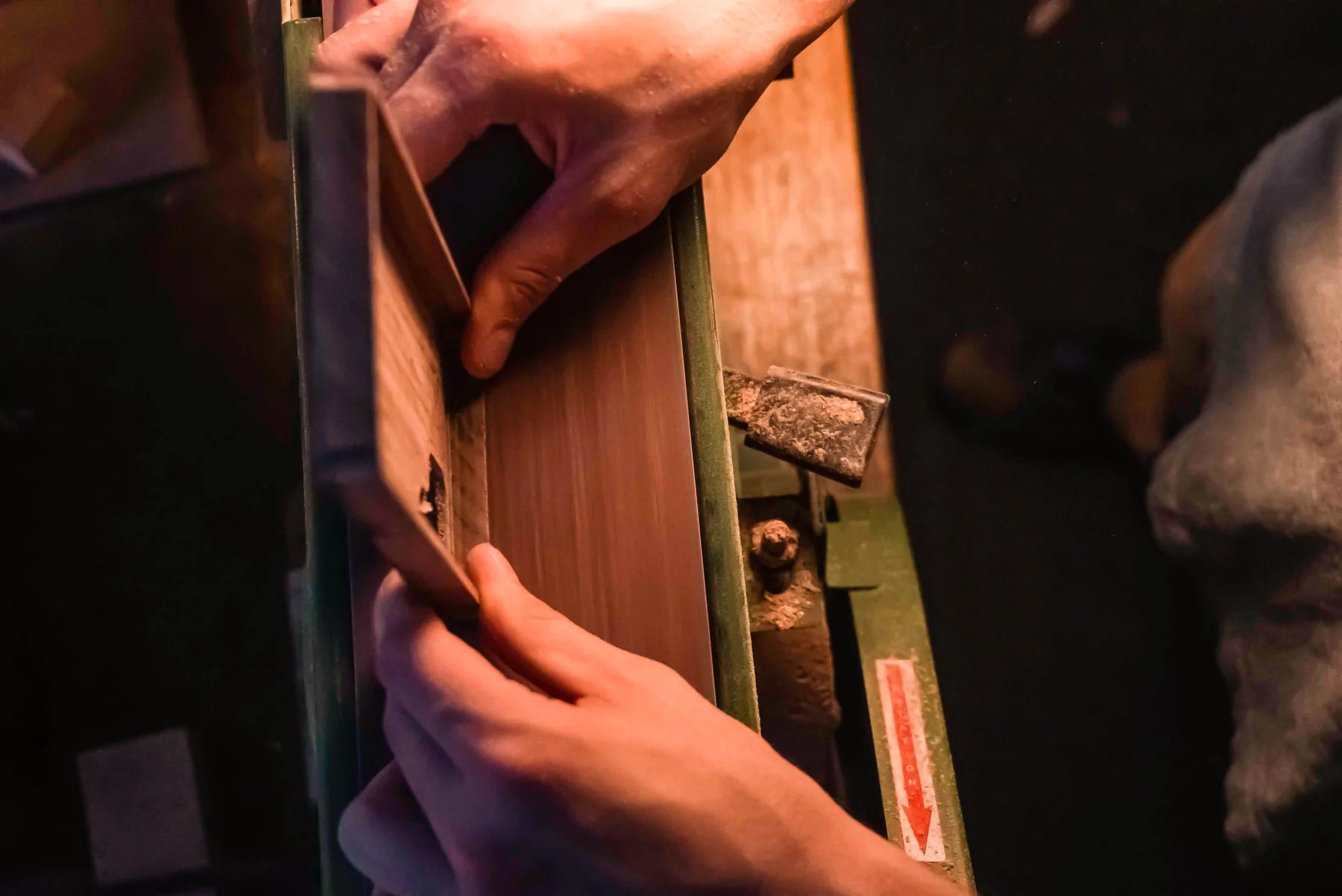When it comes to sourcing wood for construction or other purposes, many people may automatically think of logging operations in remote, rural areas. But there is another source of wood that is often overlooked: urban trees. Urban trees are trees that grow in or around cities and towns, and they can be a sustainable and environmentally friendly source of wood – if they are damaged or diseased. In this blog post, we'll explore some of the reasons why harvesting damaged or diseased urban trees is better for the planet than cutting down virgin timber.
One reason that harvesting damaged or diseased urban trees is a more sustainable option is that it can help to reduce the amount of wood that is imported from other regions or countries. Urban trees are often made up of a variety of species that are native to the area, which means that they are well-suited to the local climate and ecosystem. By using wood from these trees, we can reduce the demand for wood that has been transported long distances, which can reduce the carbon footprint of the wood.
But it's important to note that we should only be harvesting urban trees that are damaged or diseased – not healthy ones. In order to maintain a healthy urban forest, it is important to engage in basic forestry management practices such as tree planting, pruning, and pest control. These practices help to ensure that the urban forest is able to thrive and provide all of the benefits that trees offer, such as clean air, shade, and habitat for wildlife.
One type of damage that urban trees may incur is damage from storms. Storms can knock over trees or break branches, which can leave the tree vulnerable to further damage or disease. In these cases, it may be necessary to remove the tree in order to prevent the spread of damage to other trees in the area. By harvesting storm damaged urban trees, we can help to reduce the risk of further damage and maintain the health of the urban forest.
Another reason that harvesting damaged or diseased urban trees is a sustainable option is that it can help to prevent the spread of diseases or invasive species. Urban trees are often exposed to a variety of stresses, such as pollution, soil compaction, and damage from storms, which can make them more vulnerable to diseases or pests. By harvesting these trees before they become too damaged or diseased, we can help to prevent the spread of these issues to other trees in the area.
But urban tree harvesting isn't just good for the environment – it can also have social and economic benefits. Many organizations that harvest urban trees provide employment and training opportunities to individuals who might not otherwise have access to these types of jobs. This can help to stimulate local economies and provide a source of income for those in need. In addition, harvesting damaged or diseased urban trees can help to improve the urban forest by removing these trees and replacing them with new, healthy ones.
Of course, there are a few potential drawbacks to harvesting urban trees. One issue is that it can be more expensive than harvesting virgin timber, due to the cost of transporting the wood and the need for specialized equipment. Additionally, there may be limitations on the availability of urban trees, depending on the location and the specific type of wood being sought.
Despite these potential drawbacks, the sustainability benefits of harvesting damaged or diseased urban trees far outweigh any challenges. By choosing urban trees as a source of wood, we can help to reduce the demand for imported wood, prevent the spread of diseases and invasive species, and stimulate local economies. All of these factors make urban tree harvesting a superior option to cutting down virgin timber – as long as we are only harvesting damaged or diseased trees and engaging in forestry management practices to maintain a healthy urban forest.





